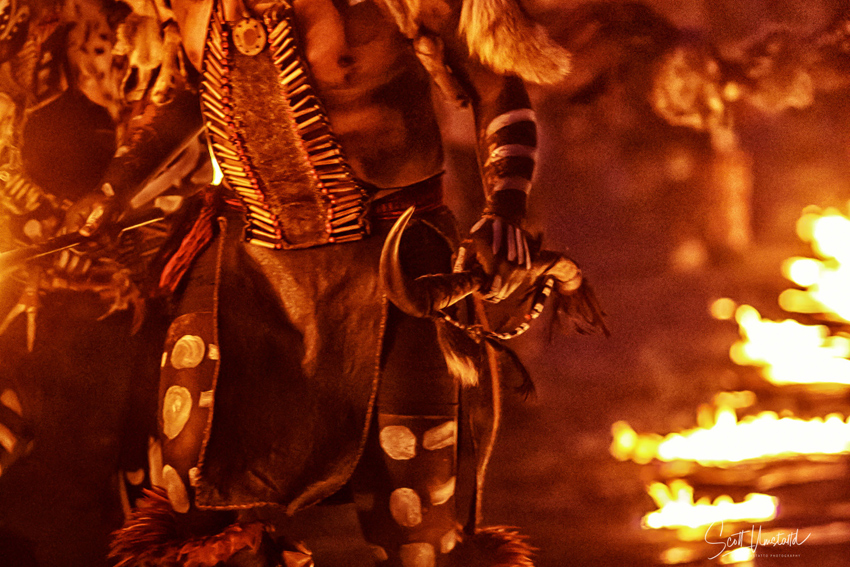
by Scott Umstattd
Here in San Miguel processions of all types take place on what seem like a daily (and nightly) basis. Not all gatherings are large enough to warrant street closings. Most processions are small family events or weddings. These, by the way, because of their simplicity and lack of people, offer photographers the best opportunities.
With so many opportunities here in San Miguel, over time I have developed a set of rules to get better photos no matter the size or shape of the parade. Photographing parades is an art form in itself. Here are the basics:
1. Be nice.
The first rule of parade photography is one learned at home a long time ago; be nice. (This sould be the first rule for any endeavor you undertake.) If you are being nice to people during a parade they will be more likely to let you move in front of or past them. Part of being nice means not arriving late and blocking other people's view, so keep it short; you get five minutes worth of pictures doing so. There are other benefits to smiling at people and making eye contact. Dancers in big parades know they are putting on a show. If you can get their attention they may bring their dance a little closer to you so you can get a better picture.
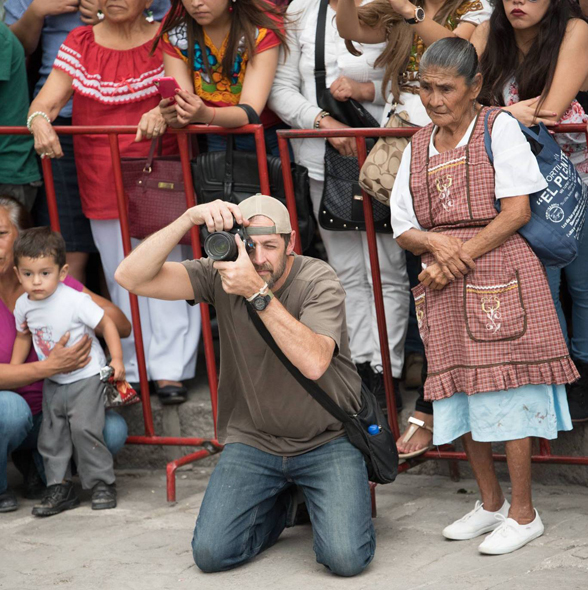
2. Pay particular attention to your background.
Ideally, a clean background with no clutter will make your subject stand out the most. This could be a sold wall, a door or just a section within the route that doesn’t have cars, people and electrical wires taking emphasis away from your subject. you won’t always be able to control or change your background. Sometimes the action moves so fast that you feel lucky to have gotten any shots at all. But if you have the physical space and the time to anticipate where the procession is heading, you can set up your shot with a background that isn’t distracting, so your subject will stand our more. If you can’t move to another spot try taking photos from another angle, from knee height or from above your head. By changing the position of the camera you change your background. It may not always work but it's worth a try.
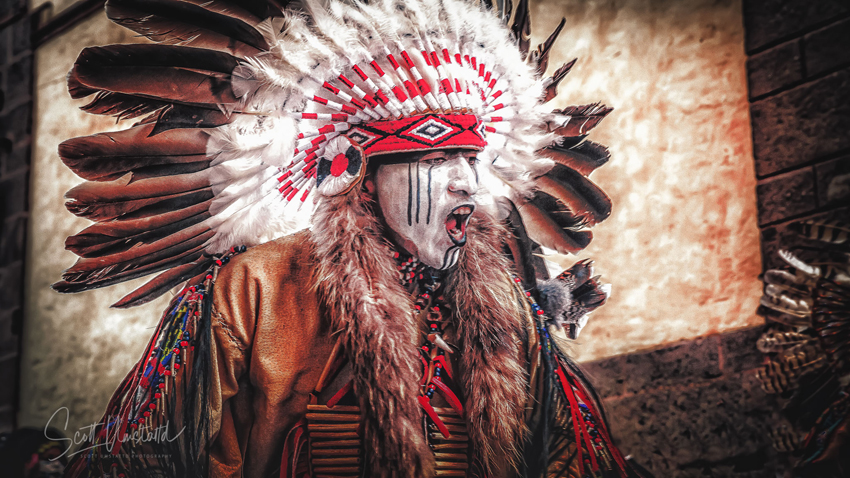
3. Let light lead you.
Photography is a study of light. Photos that have beautiful light cast on the subject are ideal. For this you need staging lights or the sunlight and your subject to be lined up when the photo is clicked. Sunrise and sunset are the best times to get the golden light from the sun, but even during the harsh light of midday you can find good light to work with. At midday shady backgrounds are ideal. Look for a shady spot in the street and wait for the action to come to you.
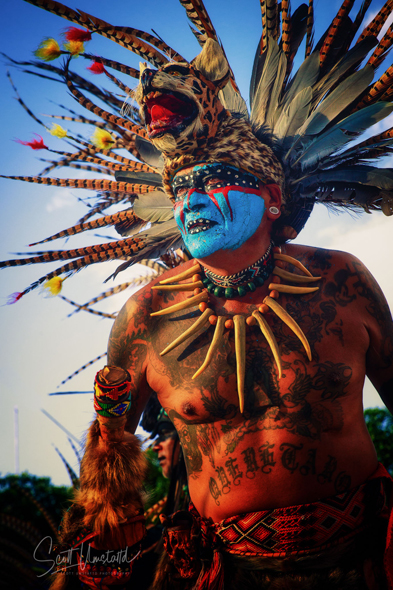
4. Don’t settle on one location.
You’ve found your spot with a solid, shady background. You’ve taken some great shots of the dancers going through a beam of sunlight. Now start the whole process again. Find another spot and wait for the action to come to you. If the parade is large and crowded and you find it difficult to move around, refer to rule number.

5. Don’t settle on one shutter speed.
When they stop parades feel like a traffic jam of people. But eventually the drums and action start back and they move. Using a fast shutter speed will stop the action of those dancing in front of you. But don’t let that be your only intent. I haven’t been to a parade yet where the goal was for the people in the street to stand perfectly still and not move. A slower shutter speed will show the movement and direction your subject is moving. When done right, the motion blur created from using a slower shutter speed produces great results. Be adventurous. Change your shutter speed several times throughout the parade for a wide variety of photos.
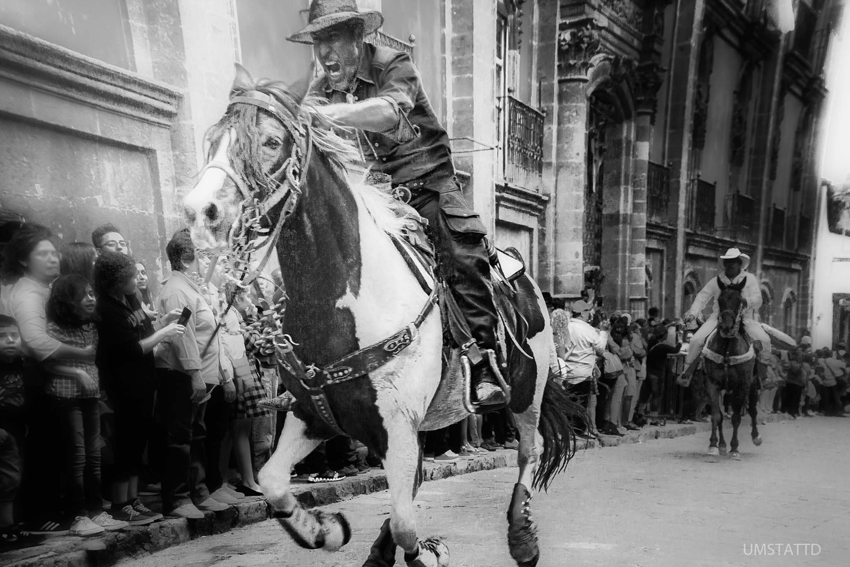
6. Corners rule.
Positioning yourself on a corner gets a lot more information into your pictures. The slowing of the parade to turn the corner gives you a little more time to grab photos. More importantly, your background fills with other dancers and parade people as they also slow to make the turn. Find the right spot on the right corner that gives you the right background and wait for the action to come to you.
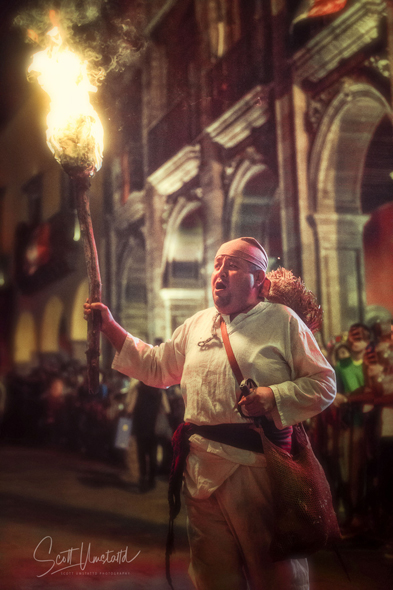
7. Shoot with both eyes open.
Parades move slowly, but the action moves fast. If all you can see is what is in your viewfinder, you can’t anticipate, or even really see, the action. Learn how to shoot with both eyes open (DSLR users). Then you will be ready when you need to be ready, instead of just taking pictures of whatever happens to come into your viewfinder.
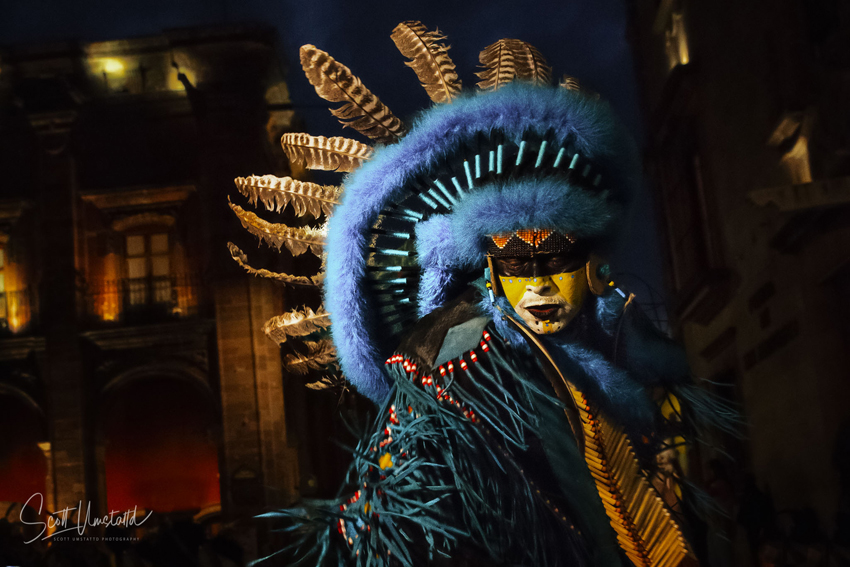
8. Get in the street.
Mind your manners. Shoot with both eyes open. Make sure you are hearing everything you need to hear. Ensure that you have not just walked through a puddle of lighter fluid. Know where you’re going. Know how you’re going to get back onto the sidewalk. It’s Mexico; go for it!
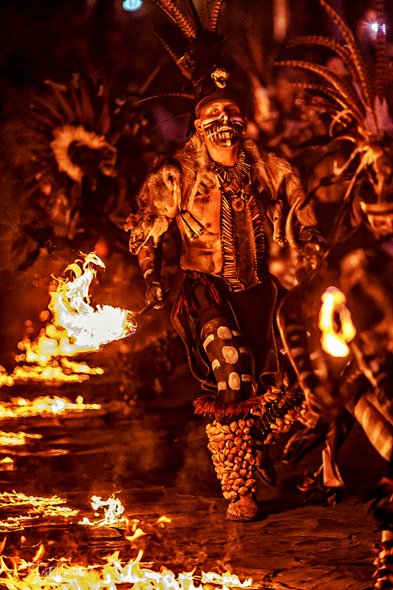
**************
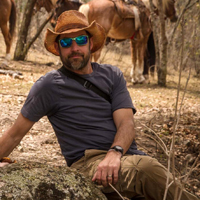 Scott Umstattd is a well-traveled photojournalist and freelance photographer working with numerous organizations and non-profits including Major League Baseball, Delta, Home Depot, Bank of America, Habitat for Humanity International and The Carter Center.
Scott Umstattd is a well-traveled photojournalist and freelance photographer working with numerous organizations and non-profits including Major League Baseball, Delta, Home Depot, Bank of America, Habitat for Humanity International and The Carter Center.
Currently inspired by the culture, colors and people of San Miguel de Allende, Scott is using his 20+ years photography experience for live event photography, fashion photography, weddings, portraits, art/archival photography and fine art photography.
You can see some of his work on his website www.scott-pix.com
And you can follow him on Facebook www.facebook.com/ScottPictures
You must register and log in to write a comment.
Please use the "login" link at the top (right) of the page.
|